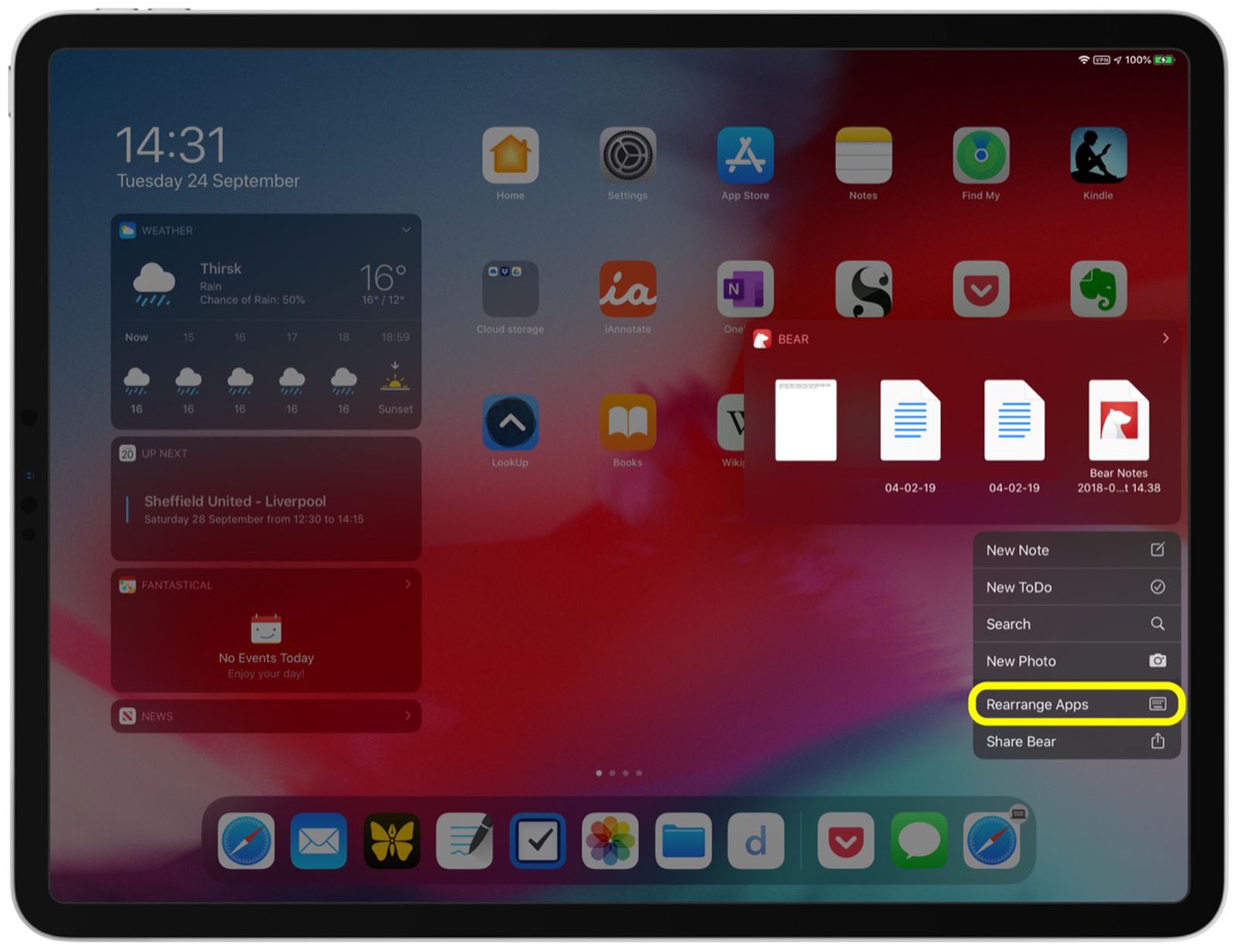
How do i delete an app on my tablet android#
On older Android versions, you also get the option to sort the apps by size. By default, it will show you the apps with the most data used at the top. This will open a list of apps currently installed on your phone. On Android 11 and above follow these steps to clear app data or cached data. The other and more common reason is to reset an app to a default state if it has become problematic, buggy or otherwise disruptive.In this case, you may wish to clear their data. Some apps can store several GBs of data that you no longer need (podcast apps are often guilty of this). There are a few circumstances in which you may wish to clear app or cached data. Note that this step will delete all your in-app preferences and settings.

Clearing stored data may, and likely will.Ĭlearing app data is now known as 'clear storage'. You change the length of exercises and sound settings.Ĭlearing the cache will not affect these saved settings. For example, say you make changes to the settings of your favorite fitness app. While the cache can be cleared with little risk to app settings, preferences and saved states, clearing the app data will delete/remove these entirely.Ĭlearing data essentially resets an app to its default state: it makes your app act like when you first downloaded and installed it. What you should note, however, is that clearing app data is a more severe (for want of a better word) step. If you haven't noticed yet, 'clear app cache' and 'clear app data' (clear app storage on newer phones) are two distinct steps. What does 'clear app data' or 'clear app storage' mean?

You should also note, however, that it doesn't guarantee better performance, and the app may even be temporarily slower the next time it's used.

When you clear an app's cached data, you remove the temporary files placed there, and you'd be surprised how often this simple step works. However, if an app starts to misbehave or stop working, then you may be required to take this step as part of troubleshooting. Now, there is often no need to manually manage cached data on Android smartphones because Android is very capable of doing this on its own without you even noticing it. When you perform this step, what essentially happens is that all the temporary data pertaining to an app is manually deleted.

Now that you sort of understand what 'cache' really means, it is also easier to understand the term 'clear app cache'. This is because your browser stores some data is because files such as images have been previously stored in the cache. Similarly, you might find that websites load faster on a second visit. Let me try to help you understand this using an example.Īfter restarting your phone, have you ever noticed how slow your camera app is to open at first, while each subsequent attempt is quicker? The increase in speed after the initial launch of an app is thanks to this cached data. Apart from offering a faster, smoother user experience, the cache also helps you reduce the amount of data that is processed and consumed. Another way to remember it is to think of cache as a tool to speed up and offer a faster experience. This data is primarily used to help apps, browsers, and websites to load faster. In the simplest of terms, the cache is a reserved storage space that stores temporary data.


 0 kommentar(er)
0 kommentar(er)
